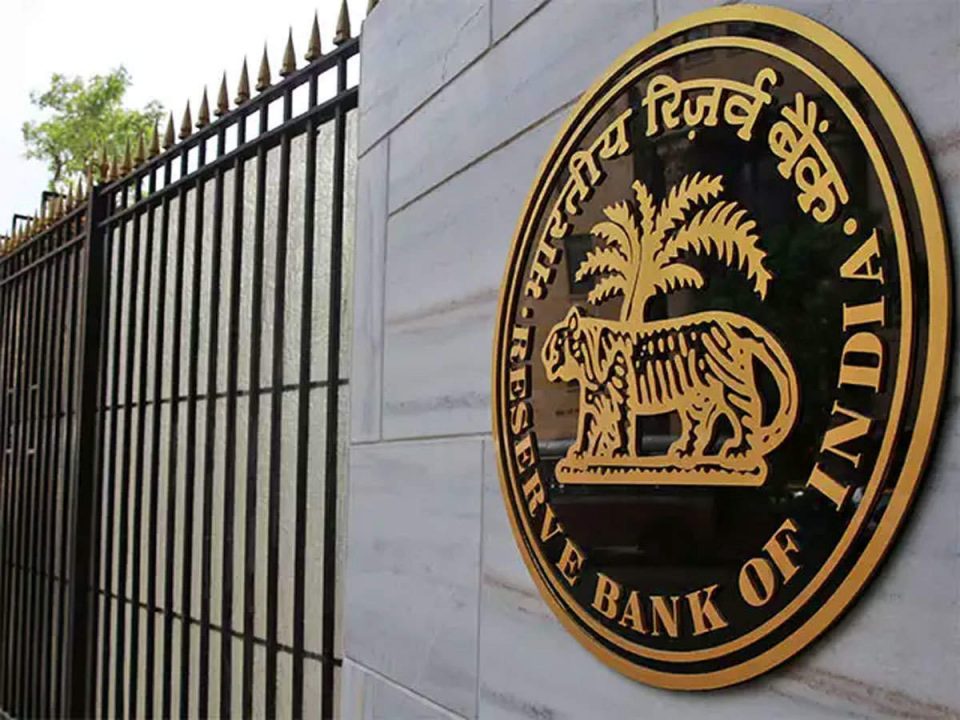The Reserve Bank of India (RBI) uses the RBS model, including both qualitative and quantitative elements, to supervise banks, urban cooperatives banks, non-banking financial companies, and all Indian financial institutions.
“It is now intended to review the supervisory processes and mechanism in order to make the extant RBS model more robust and capable of addressing emerging challenges, while removing inconsistencies, if any,” the RBI said while inviting bids from technical experts/consultants to carry forward the process for banks.
In the case of UCBs and NBFCs, the Expression of Interest (EOI) for ‘Consultant for Review of Supervisory Models’ said the supervisory functions pertaining to commercial banks, UCBs and NBFCs are now integrated, with the objective of harmonizing the supervisory approach based on the activities/size of the supervised entities (SEs). “It is intended to review the existing supervisory rating models under CAMELS approach for improved risk capture in a forward-looking manner and for harmonizing the supervisory approach across all SEs,” it said.
Annual financial inspection of UCBs and NBFCs is largely based on CAMELS model (Capital Adequacy, Asset Quality, Management, Earnings, Liquidity, and Systems & Control). The RBI undertakes supervision of SEs with the objective of assessing their financial soundness, solvency, asset quality, governance framework, liquidity, and operational viability, so as to protect depositors’ interests and financial stability. The Reserve Bank conducts supervision of the banks through offsite monitoring of the banks and an annual inspection of the banks, where applicable. In case of Urban Cooperative Banks (UCBs) and NBFCs, it conducts the supervision through a mix of onsite monitoring and on-site inspection, where applicable.






